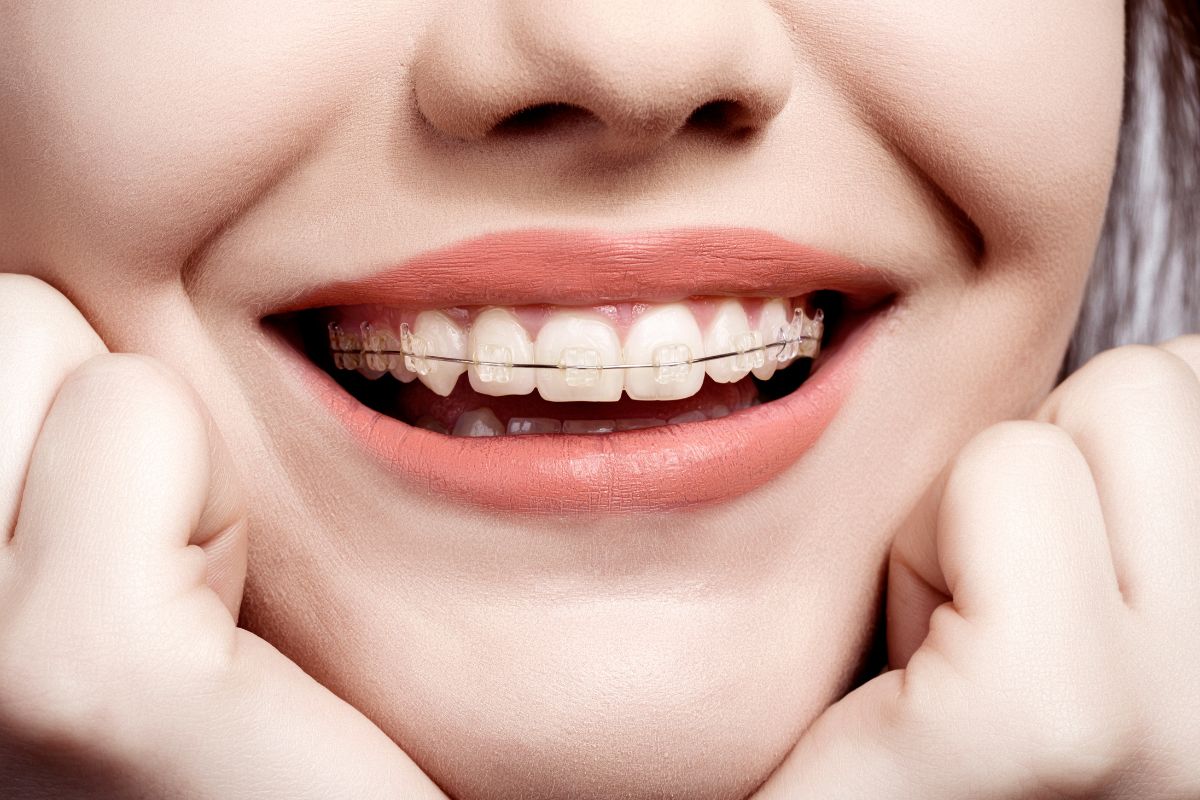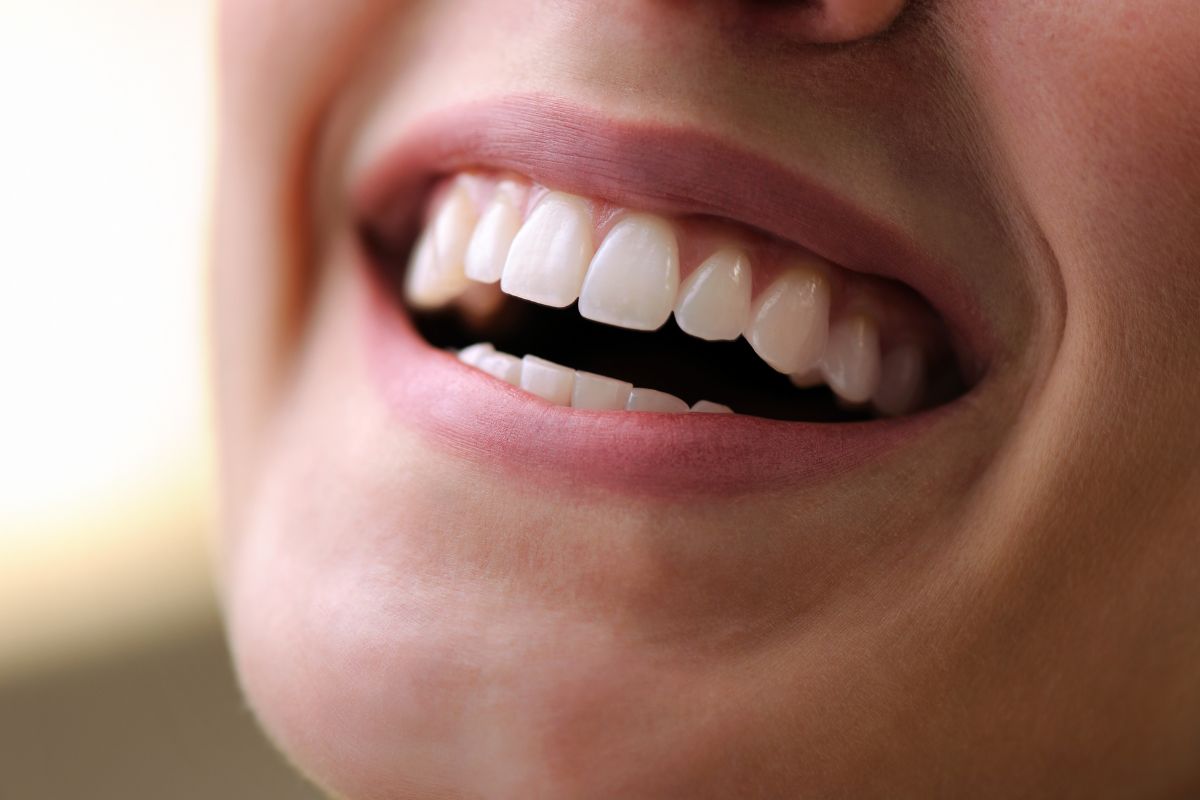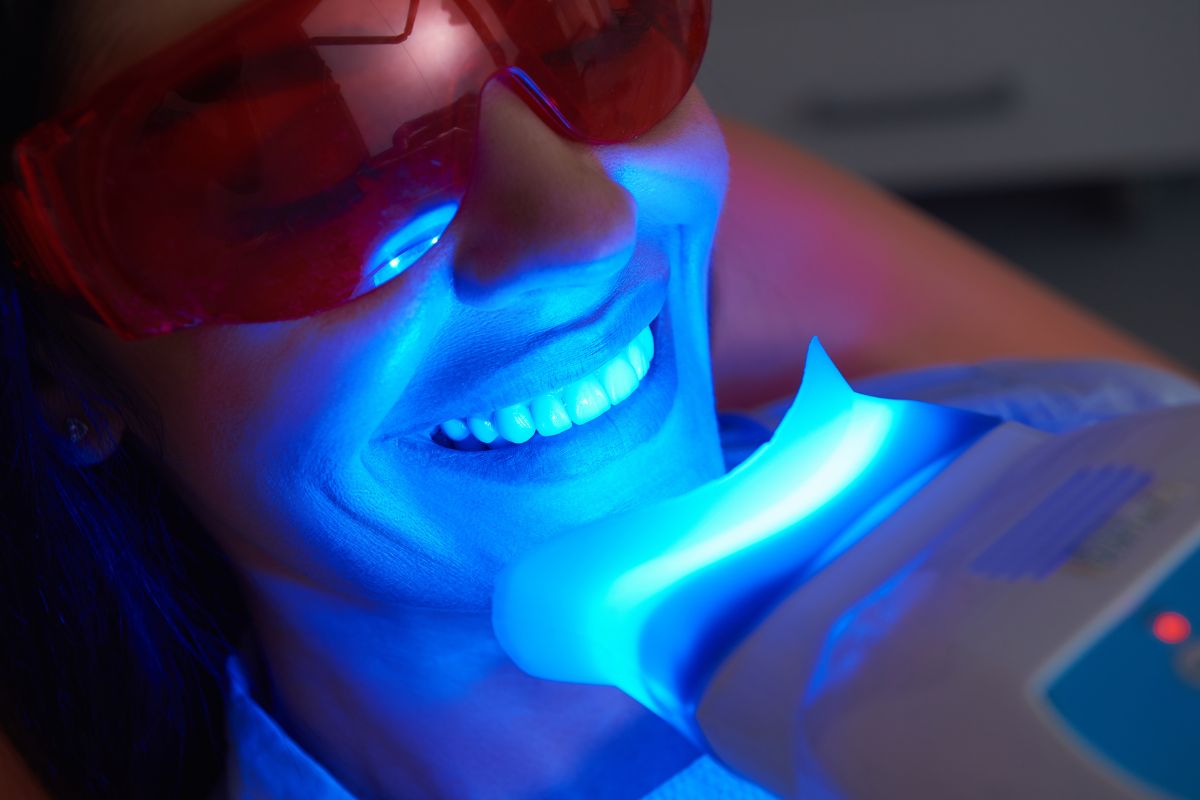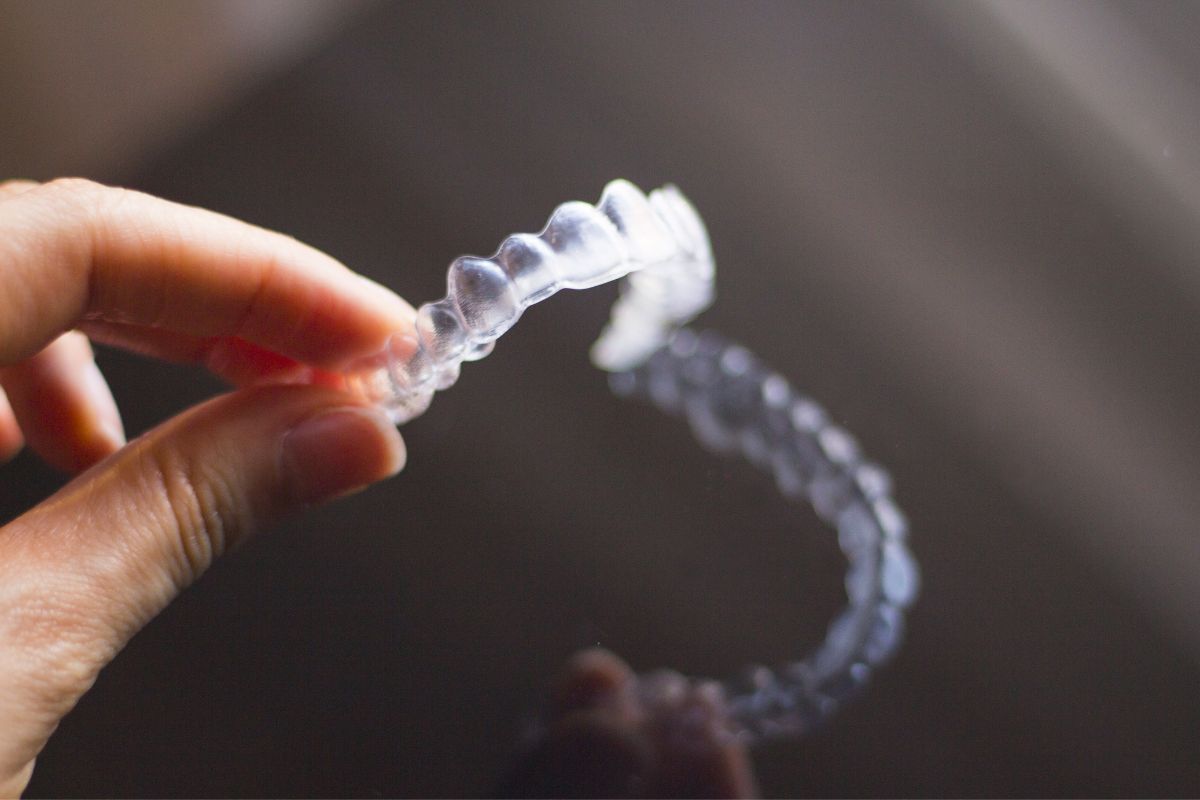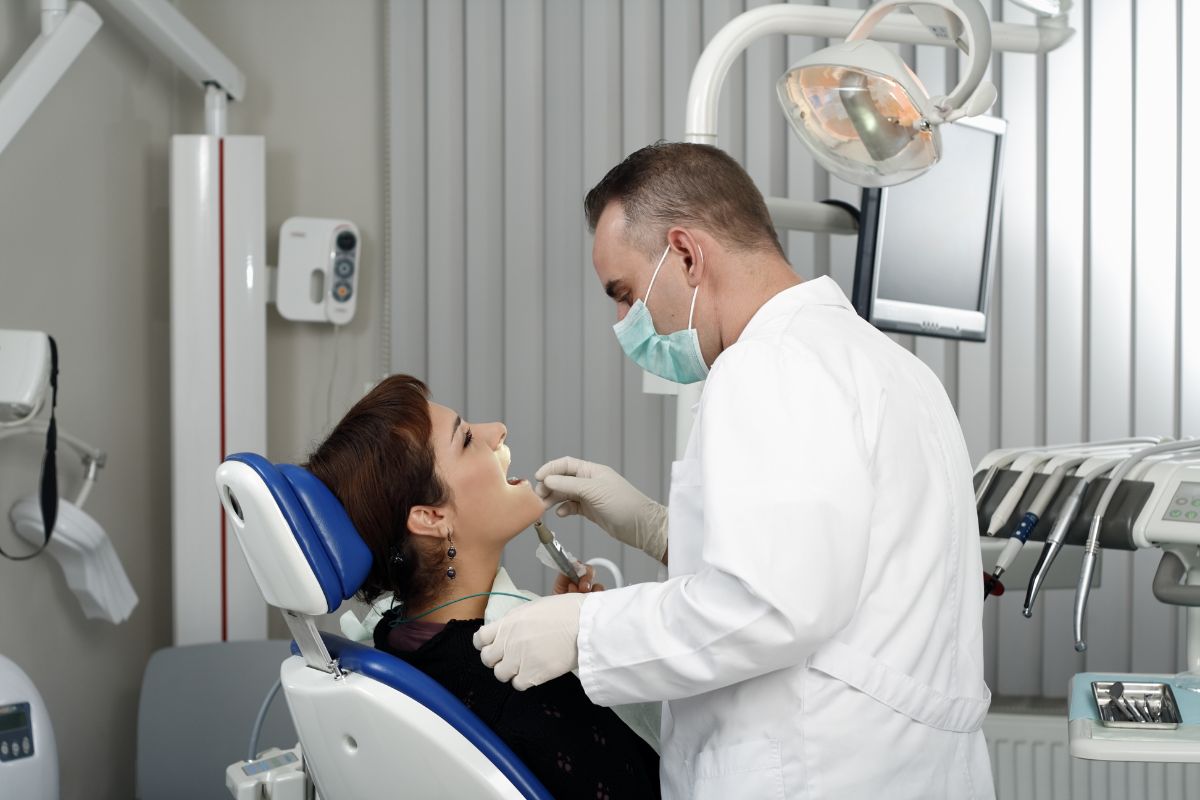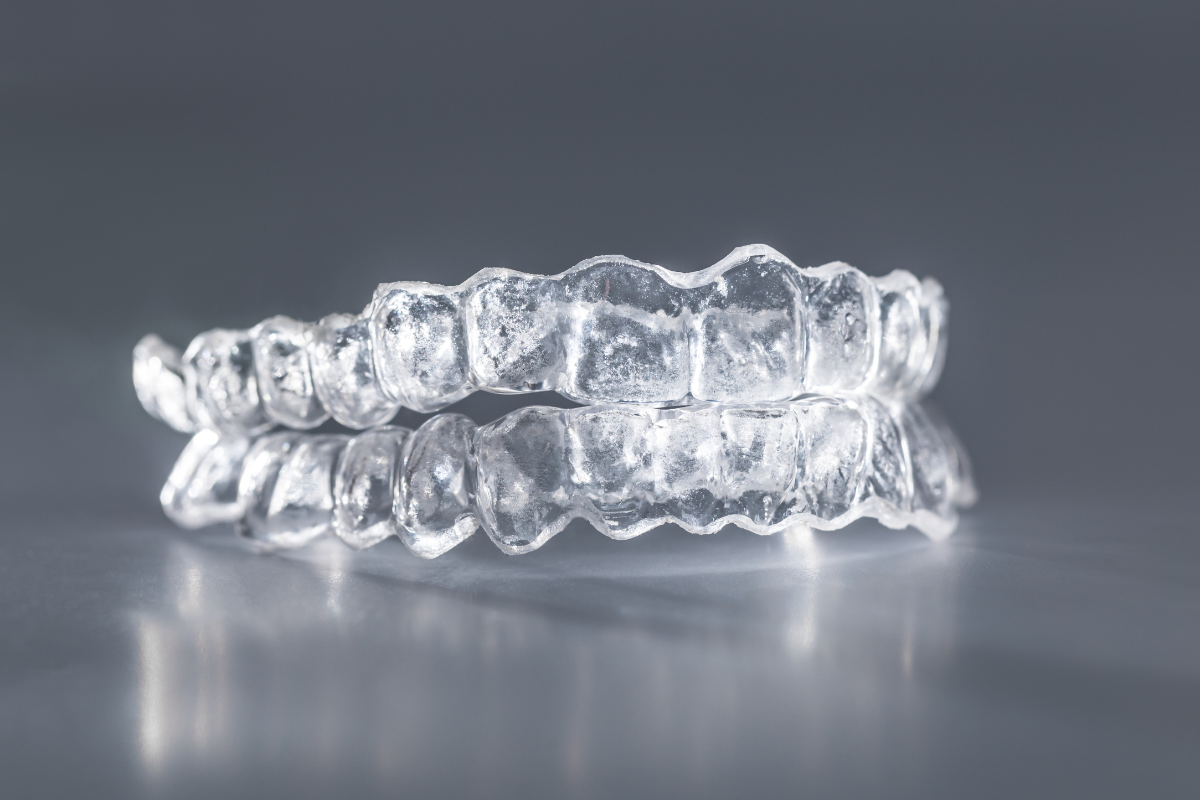Braces are a common form of orthodontic treatment used to straighten and align teeth for a more attractive and functional smile. While they are often associated with children and teenagers, braces are not just for kids and teens. In fact, more and more adults are turning to braces to improve their oral health and aesthetics. One popular option for adults seeking orthodontic treatment is invisible braces.
Invisible braces, also known as clear aligners, are a discreet alternative to traditional metal braces. They consist of a series of clear, custom-made plastic trays that fit snugly over the teeth. These trays apply gentle pressure to the teeth, gradually moving them into the desired position.
One of the main advantages of invisible braces is their virtually undetectable appearance. Unlike metal braces, which can be noticeable and sometimes embarrassing for adults, invisible braces are barely noticeable to others. This makes them a popular choice for professionals or anyone who is self-conscious about their appearance during treatment.
Invisible braces are also more comfortable than traditional braces. The smooth plastic trays do not have any sharp edges or wires that can irritate the mouth and gums like metal braces do. They are also easier to clean, as they can be removed for brushing and flossing.
However, invisible braces are not suitable for everyone. They are most effective for mild to moderate orthodontic cases and may not be suitable for more complex cases that require more extensive tooth movement. It is important to consult with an orthodontist to determine if invisible braces are the right option for you.
Despite their limitations, invisible braces are a viable and increasingly popular option for adults seeking orthodontic treatment. They offer a discreet and comfortable way to straighten teeth and improve oral health. If you are an adult considering braces, be sure to discuss all your options with an orthodontist to determine the best treatment plan for you.

